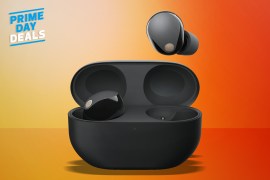How to install a True Sound setup
All the gear you need to make your home a haven of audio accuracy
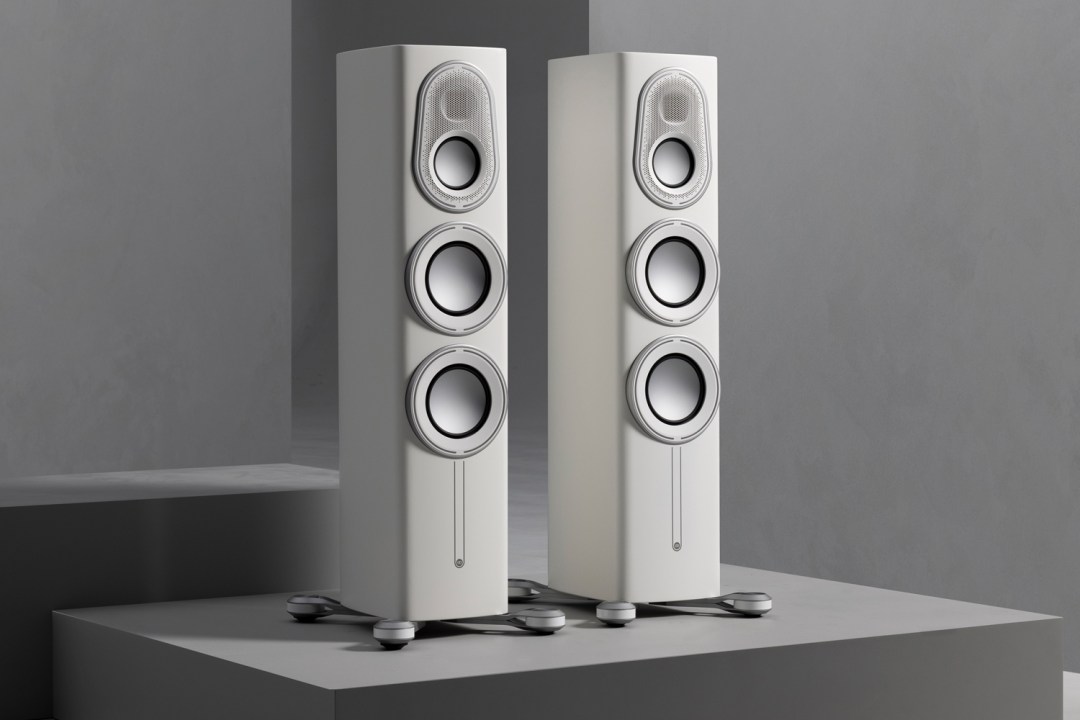
Do you dream of transforming your home into a temple to transparent, super-accurate audio? Music that sounds exactly like it did when it was laid down in the recording studio? Then read on.
Hopefully we’ve already explained the concept of True Sound in our previous piece in this series. With the definition cleared up, let’s get into the technical side of things: the sort of products you need to achieve a True Sound setup at home.
1) An audio source
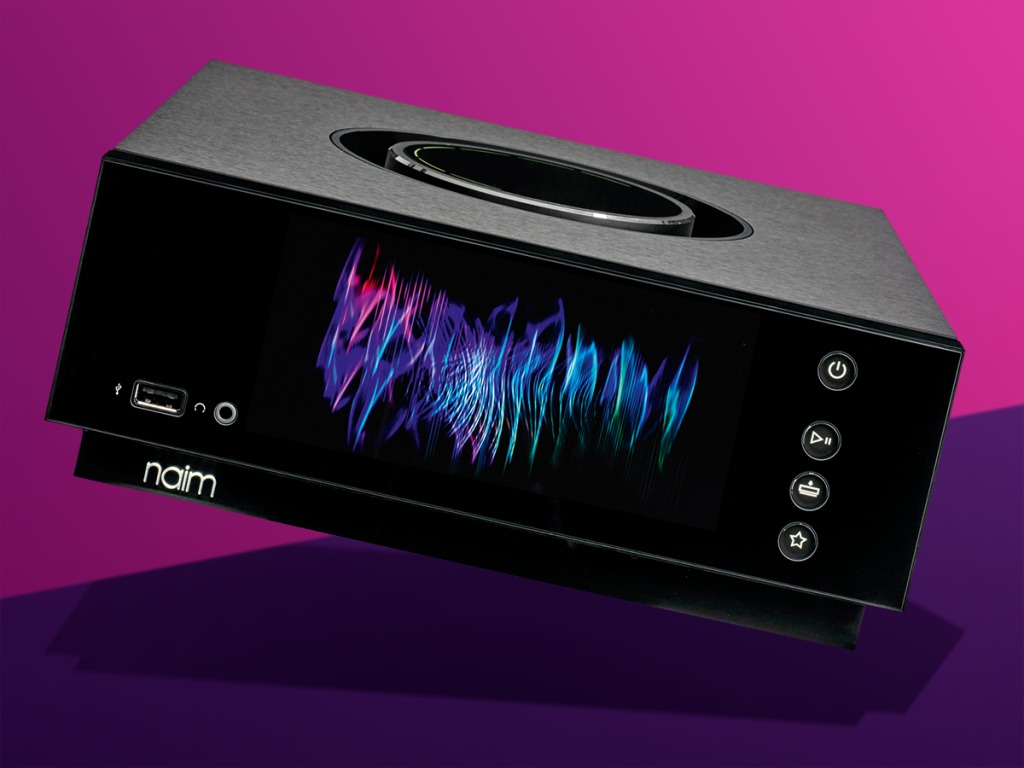
For starters, you need some way to play your music. But there’s no single ‘correct’ choice here – it really depends on what how you’ve built up your music collection.
If you’re after the most pristine sound quality, and the greatest amount of audio information, it’s got to be high-resolution audio. While there’s no single definition as to what constitutes this, Hi-Res files usually have a sampling frequency of 96 or 192kHz at 24-bit. All that data requires a lot of space, so hi-res files are usually stored on some kind of large solid state or hard drive. However, options to stream true hi-res music have massively increased in recent years, with Tidal and its MQA-encoded files leading the way.
We’ll go into more detail in a future article, but for now you should know you’ll need something to play them on. This could be a dedicated digital music player like the Bluesound Powernode Edge or portable Sony Signature Walkman, or your existing PC or Mac.
For physical media, a good quality CD player is definitely an acceptable option. While CDs aren’t considered to be hi-res music by current metrics, their standard uncompressed 16-bit/44.1kHz quality is specifically designed to offer the cover the full range of dynamics that human ears can discern. A well-mastered CD can offer scintillating dynamic range, great stereo separation and a clean and transparent character that some prefer to vinyl (needless to say CDs don’t hiss, pop and crackle like vinyl either).
Speaking of vinyl, it’s still considered a high-quality audio source despite its age as a format. Because records store audio information in analogue form, they tend to offer a warmer, more organic and more characterful sound than digital formats. Some prefer this to CD and Hi-Res audio, but from a True Sound perspective you’re probably going to favour the precision and consistency of digital over the variable ‘vibiness’ of vinyl. But hey, if you already have a vast record collection we’re not going to stop you buying a good quality turntable and spinning your plates.
2) An amplifier (maybe)
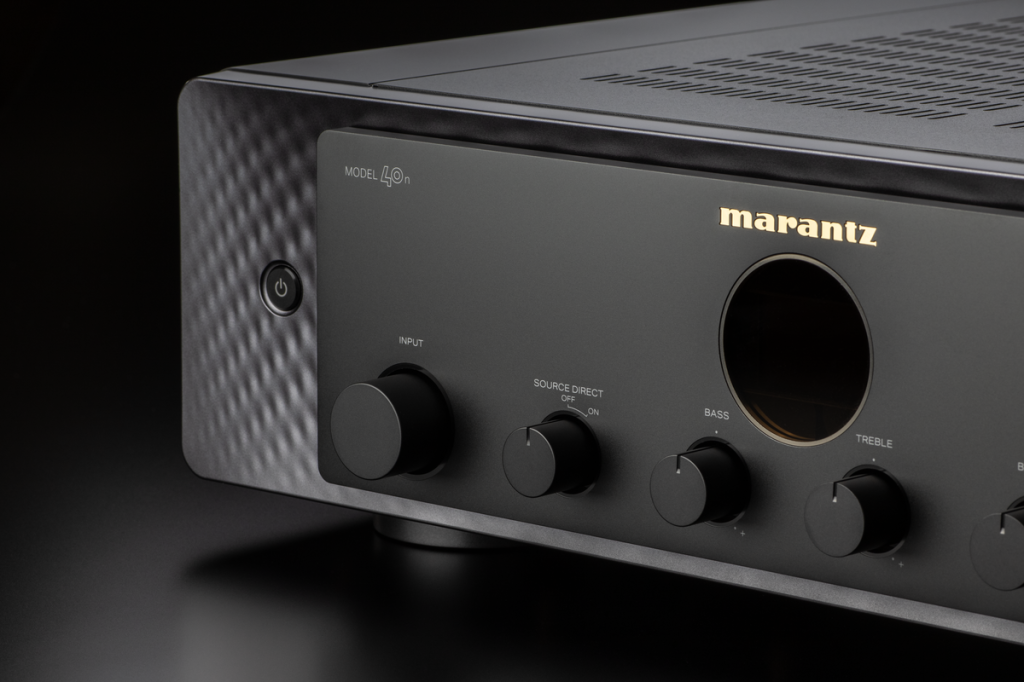
Depending on the source and speakers you’re using, you may need amplification sitting in the middle. Some speakers and headphones come with their own power, and some music players come with their own amps built in, but some systems require additional audio power – and this is where an amp comes in. A stereo amp is fine for music (no need for surround sound here), or you could opt for a receiver (an amp with a built-in radio tuner).
If you’re using digital files and a computer as your source, an external DAC (digital-to-analogue converter) can help retain those files’ quality, particularly if you’re listening on wired analogue headphones.
3) Speakers or headphones (and cables)
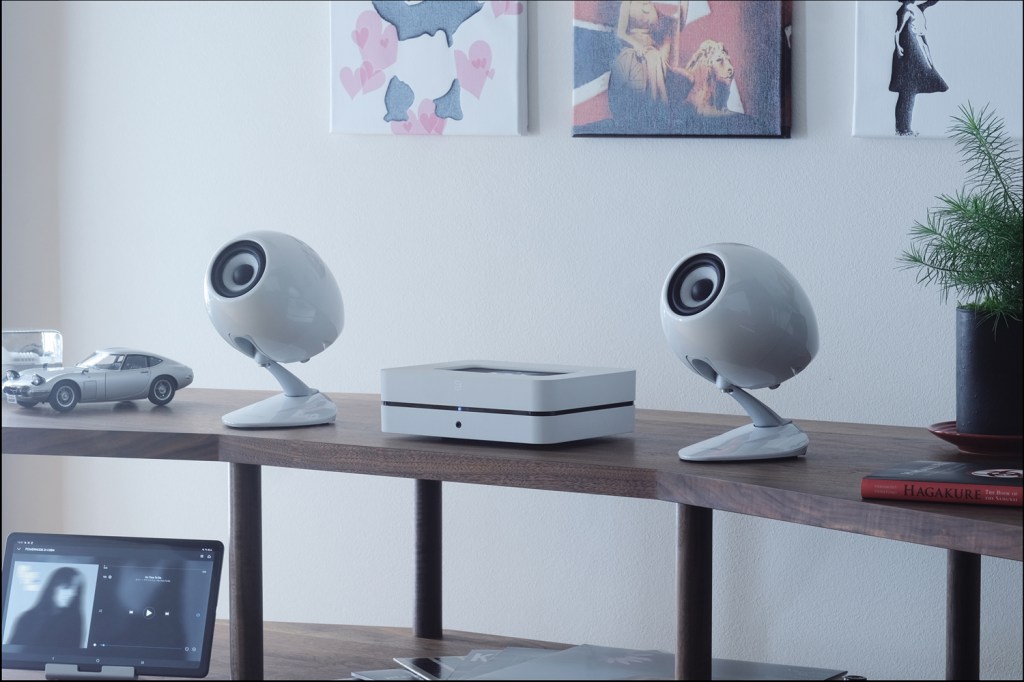
Speakers or headphones that produce the actual, physical sound are potentially the most important piece of the True Sound puzzle, and there’s no easy answer here other than to go for models that favour transparency over colour. You don’t want extra bass or sibilance added to the original sound. For this reason, studio monitor speakers and headphones are a fine choice. Designed for audio engineers, they’re built to retain the precise qualities of the audio source they’re given rather than beef things up.
Audiophiles swear that their eye-watering expensive speaker cables and interconnects make a difference, but we wouldn’t go overboard here: rugged, heavy duty cabling is nice, but you don’t need to be dropping hundreds of pounds on wire to achieve True Sound – particularly if you’re using digital connections.
4) Acoustic treatment

True Sound needs to stay faithful to the original record, which means no unwanted colour from the environment. That doesn’t just mean keeping unwanted ambient sound out, but ensuring the sound from your speakers isn’t overly affected by the room in which they’re located. Hard, reflective surfaces are the enemy of True Sound, so either deck your room out with lots of soft furnishing and thick curtains or install some dense acoustic panels to deaden the sound.
One thing we haven’t covered here is source material – aka music. There’s a good reason for that: we’ll be dedicating our entire final article in this short series to it. Look out for it next week, when we’ll be going through the places you can find suitable albums and tracks, as well as recommending a few examples of particularly pristine recordings.

